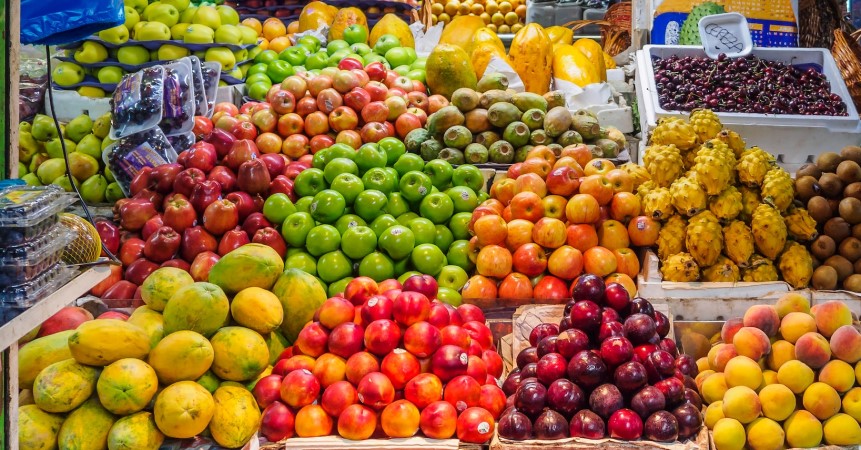
Global food prices fell for a ninth consecutive month in December, the United Nations Agriculture Organization (FAO) reported. The FAO’s food price index, which tracks five major commodities, fell 1.9 percent in December from a month earlier.
Due to the decline, global food prices are 1 percent below the level at the end of 2021. That is the first annual decline since 2018.
Weak demand for vegetable oils, such as sunflower, olive oil, and beef, caused the food price index to fall in December. Dairy and sugar, on the other hand, became more expensive. Despite the decline, food prices have remained above average over the past ten years.
In addition, prices were already high at the end of 2021 due to disappointing harvests and high demand for agricultural products from China. As a result, for the whole of 2022, the food price index was, on average, 14 percent higher than the previous year. In addition to higher energy bills in the past year, high food prices contributed to the sharp increase in the cost of living and increased global hunger.
Food prices fluctuated sharply last year. In March last year, prices shot up after the Russian invasion of Ukraine. This was because the two countries are major suppliers of grains and oils. However, thanks to the so-called grain deal between Russia and Ukraine, led by the UN and Turkey, grain exports via the Black Sea started again, and prices fell.
The fall in the food price index does not mean that food products in the supermarket will also become cheaper. This is because the gauge tracks shifts in raw material costs, and changes take time to feed through to retail prices. Prices in the supermarket are being driven up by rising energy and labour costs. So-called food inflation is therefore running high in countries from the United Kingdom to Pakistan and Brazil.
According to the FAO, the outlook for 2023 depends mainly on weather conditions. For example, large growers had to deal with drought, flooding and frost last year. The war in Ukraine, which has lasted almost a year, is also weighing on the finances of Ukrainian farmers and forcing them to leave areas of land uncultivated.







